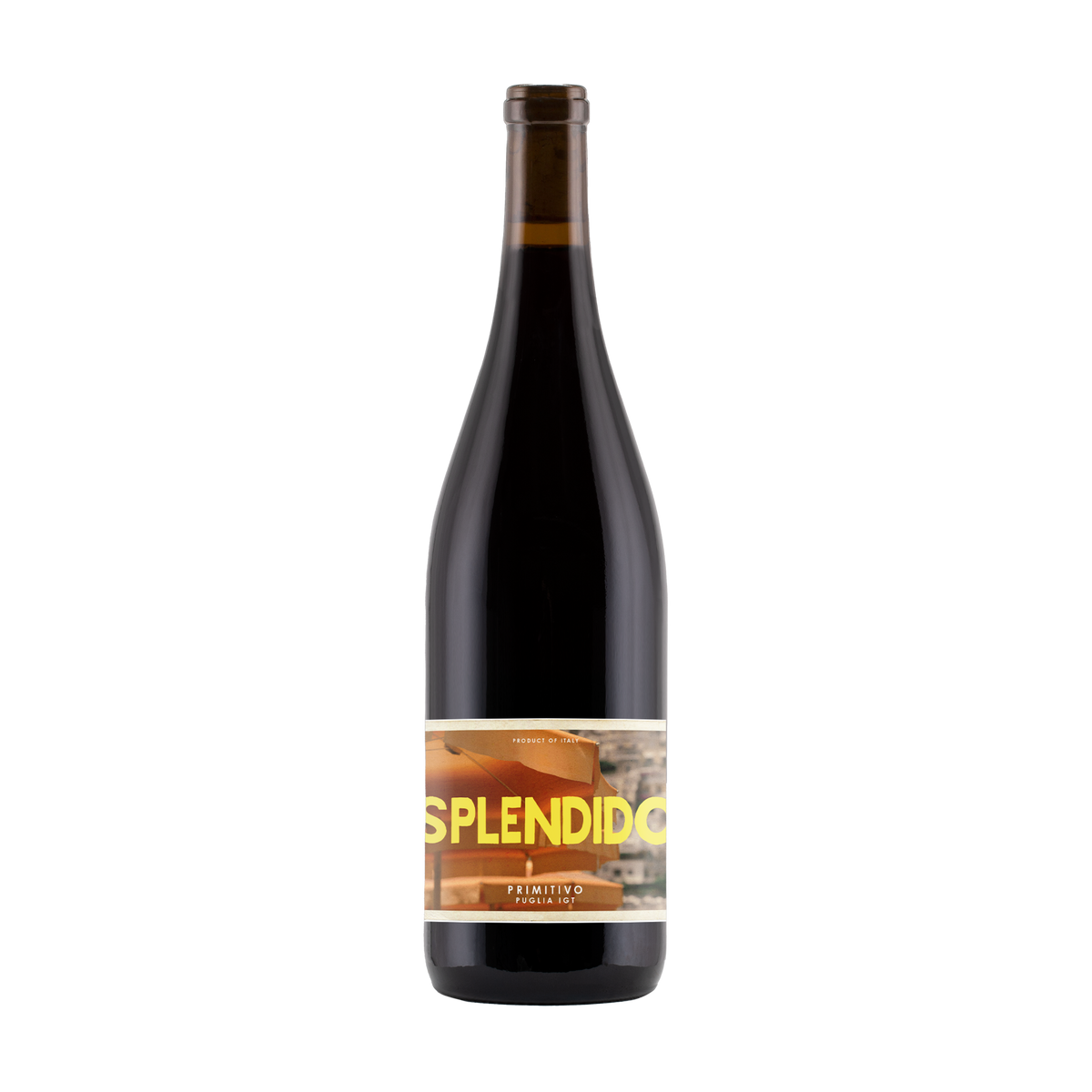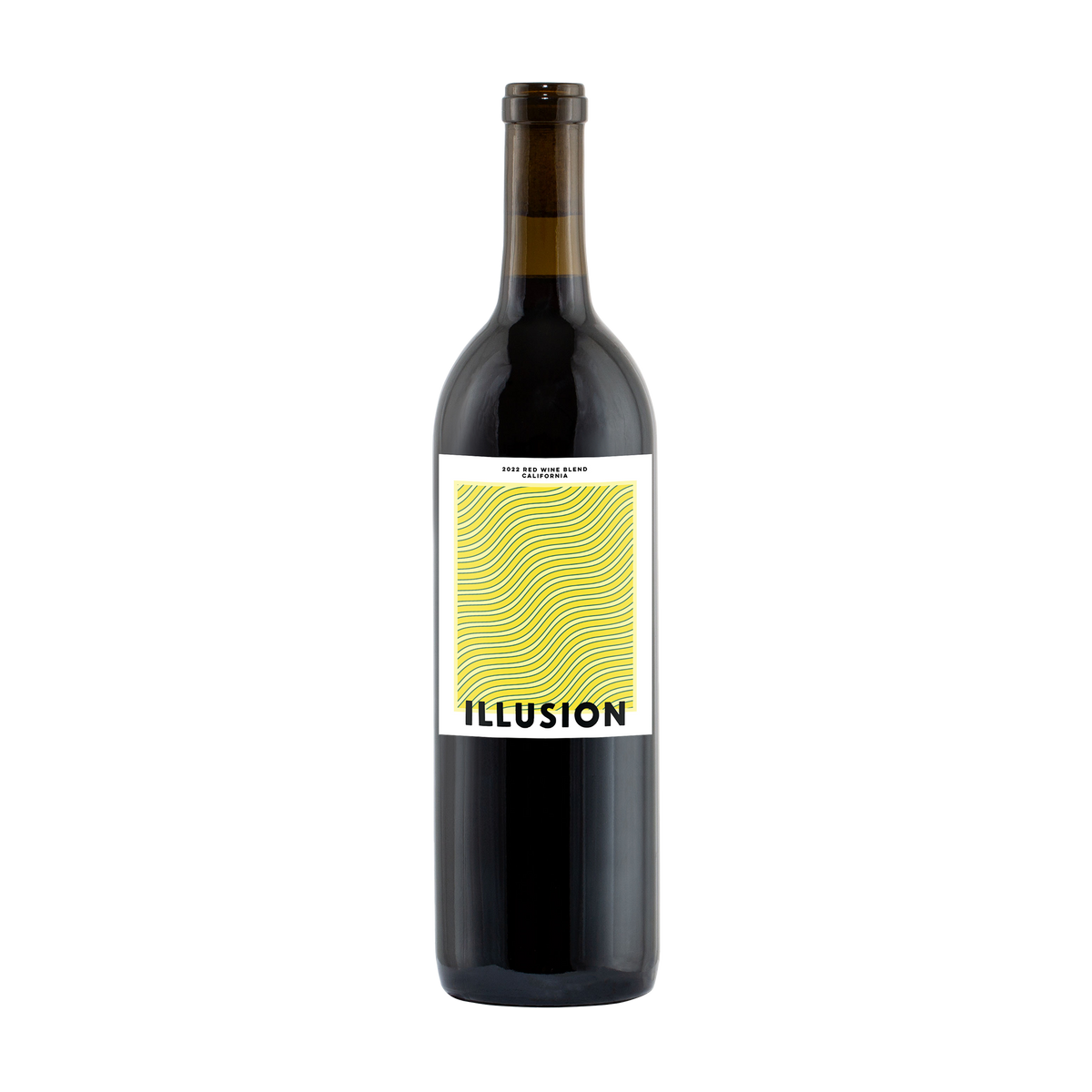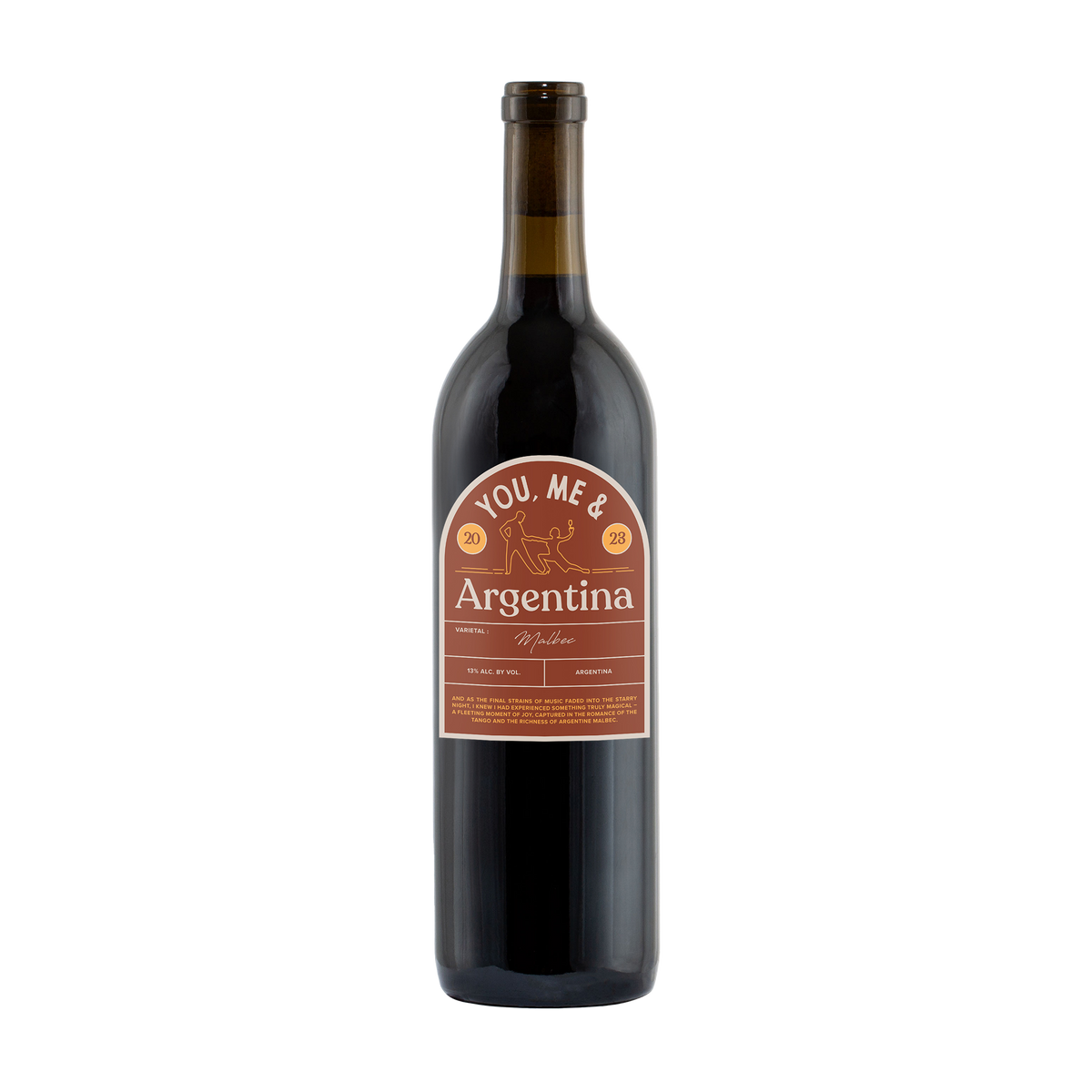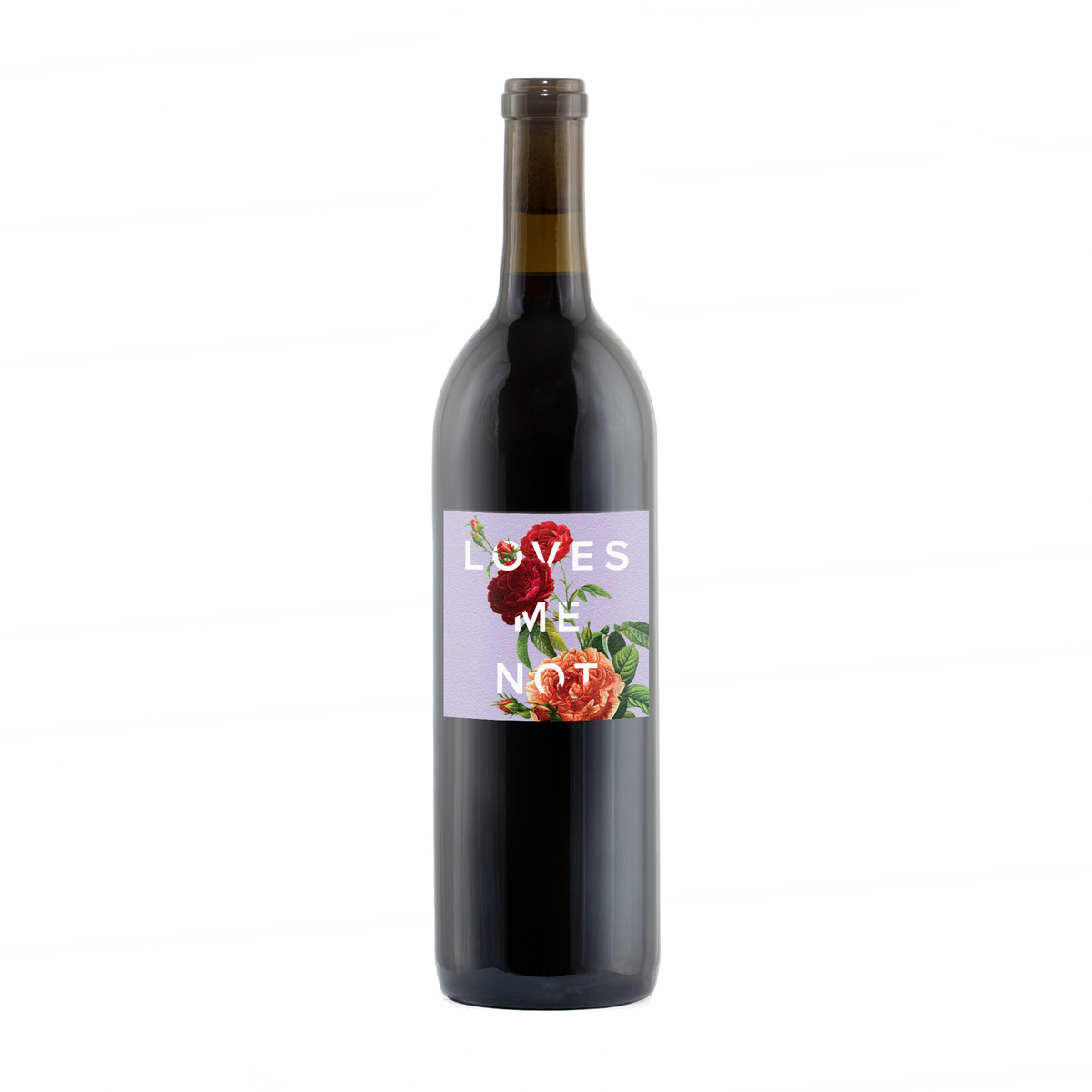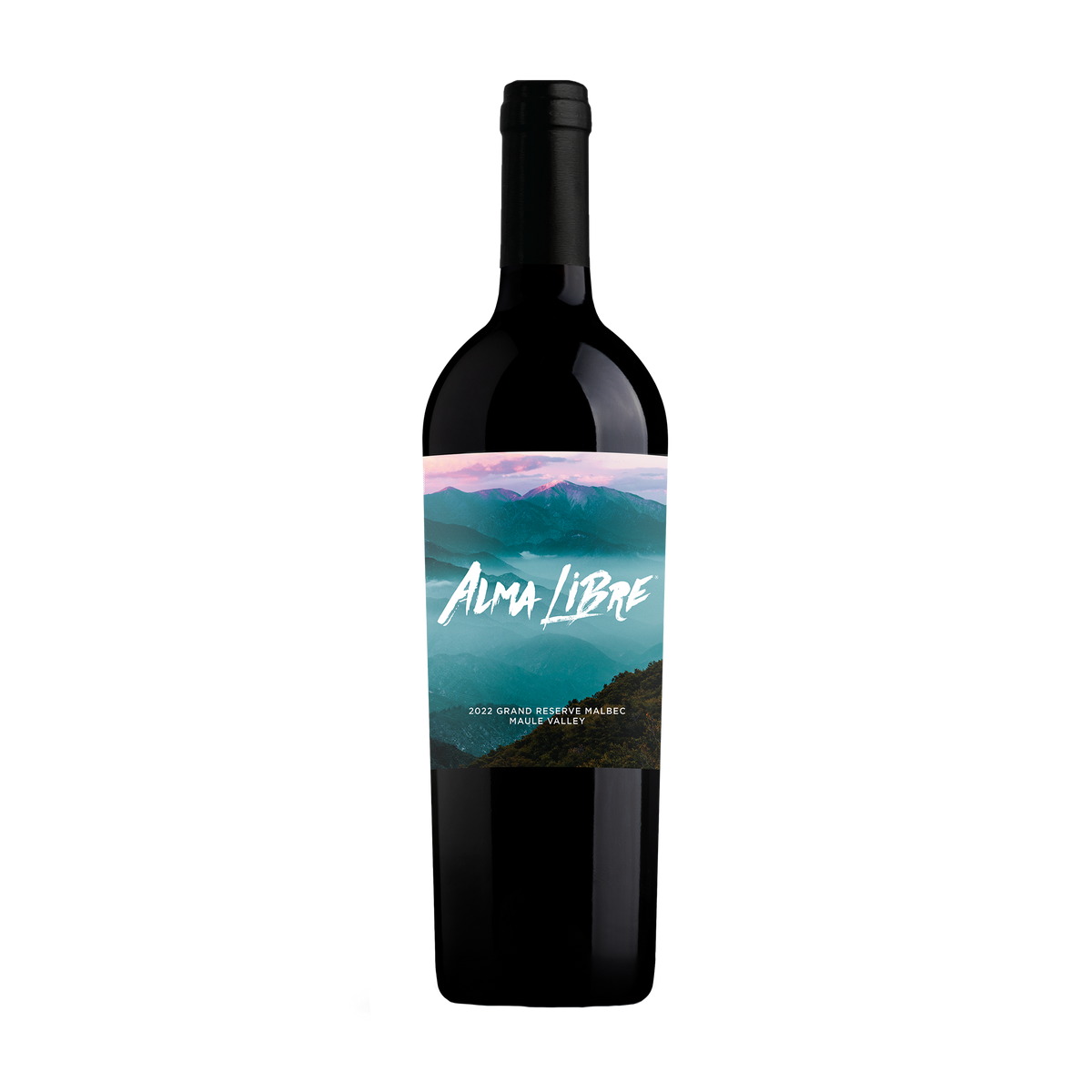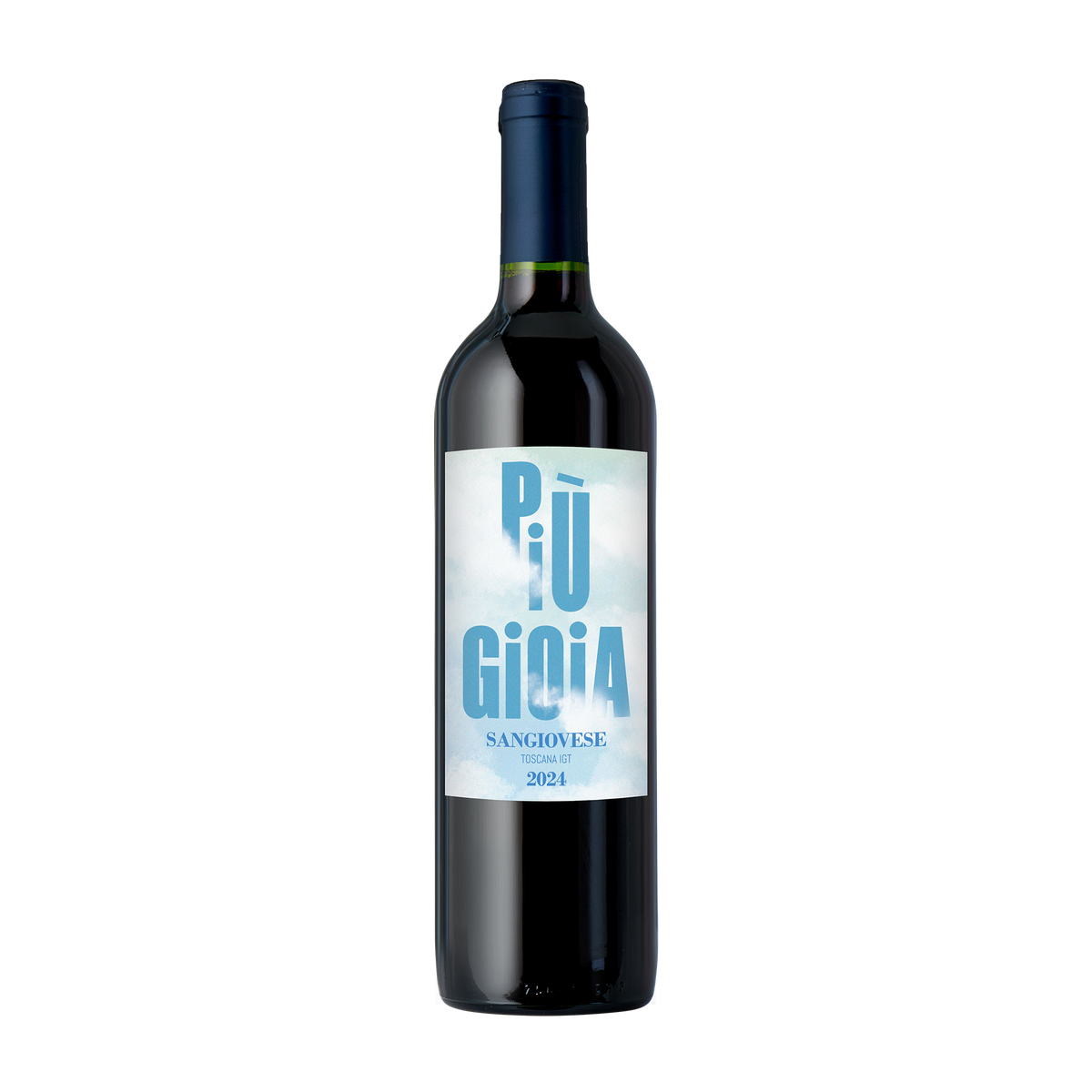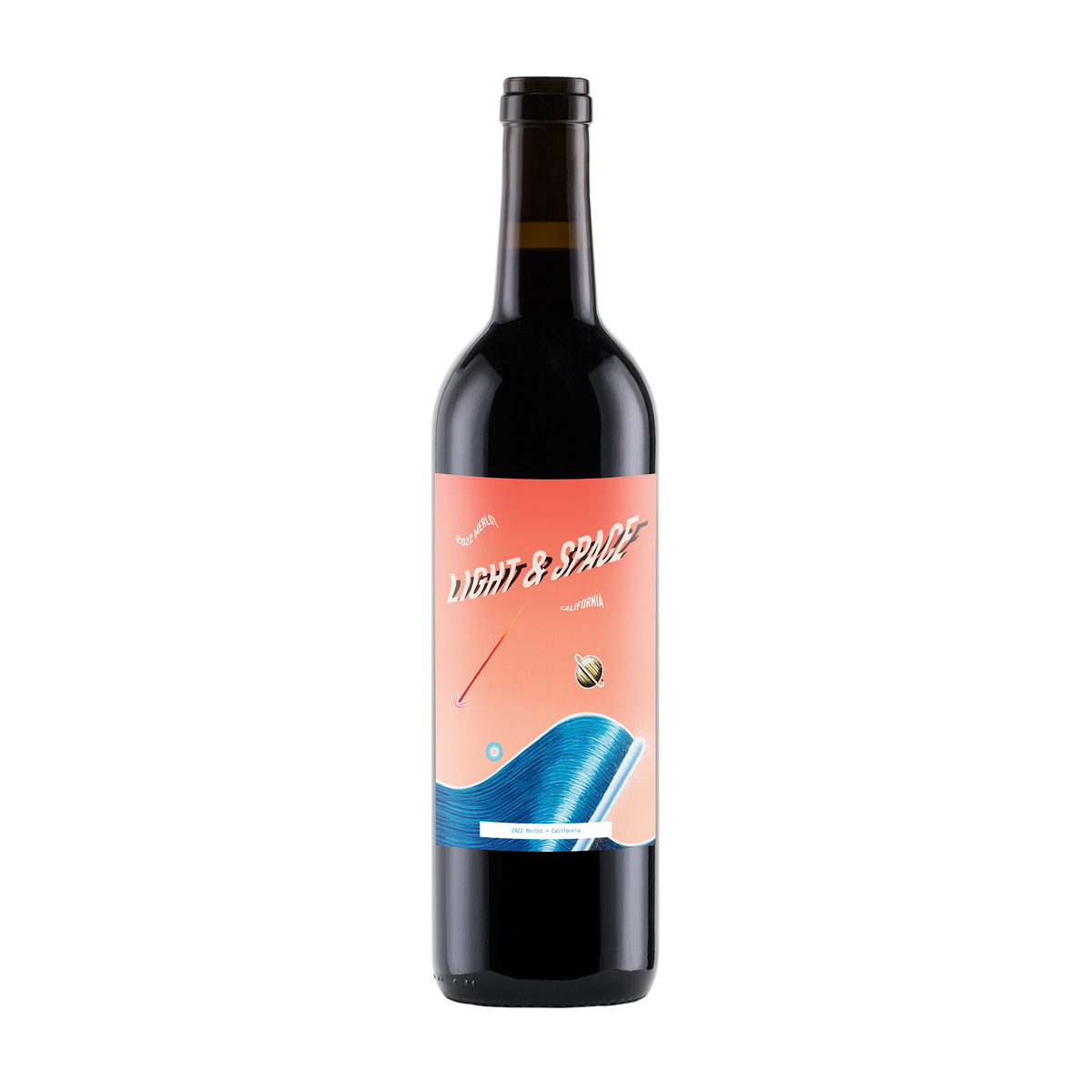2021 Snapshot Cabernet Sauvignon
New Release
Item cannot ship to your state
2023 Tempo Vero Red Blend
Item cannot ship to your state
2024 Paper Tiger Mourvèdre
New Release
Item cannot ship to your state
2021 Lost Poet® Red Wine Blend
Top Rated
Item cannot ship to your state
2023 Guest Check Cabernet Sauvignon
Member Fav
Item cannot ship to your state
2024 Le Fermier Pinot Noir
New Vintage
Item cannot ship to your state
2024 Quinte Royale Merlot
New Release
Item cannot ship to your state
2022 Black Sky Estates Malbec
New Vintage
Item cannot ship to your state
2021 Splendido Primitivo
Item cannot ship to your state
2024 L'Atelier du Sud® Red Blend
New Release
Item cannot ship to your state
2022 Illusion Red Blend
Item cannot ship to your state
2023 You, Me and Argentina Malbec
Top Rated
Item cannot ship to your state
2022 Loves Me Not Red Blend
Item cannot ship to your state
2023 Reintegration Pinot Noir
Member Fav
Item cannot ship to your state
2022 Illusion Zinfandel
Item cannot ship to your state
2024 The Charming Italian Frappato
New Vintage
Item cannot ship to your state
2022 Alma Libre Grand Reserva Malbec
Item cannot ship to your state
2024 Piu Gioia Sangiovese
Award Winner
Item cannot ship to your state
2022 Light & Space Merlot
Top Rated
Item cannot ship to your state
2023 L'Atelier du Sud® Syrah
New Vintage
Item cannot ship to your state

Join the Winc Fam
Become a member and automatically get your fav wines delivered to your door. Plus, enjoy member-only perks like:
20% Off,
Always
Always
Free
Shipping
Shipping
First Dibs on
New Wines
New Wines
Skip
Anytime
Anytime
Commitment-phobe?
That’s cool, we get it. Shop our packs, no membership necessary.
Buuuuut… you might miss the good stuff, just saying.
I’m non-commital, take me to Packs









